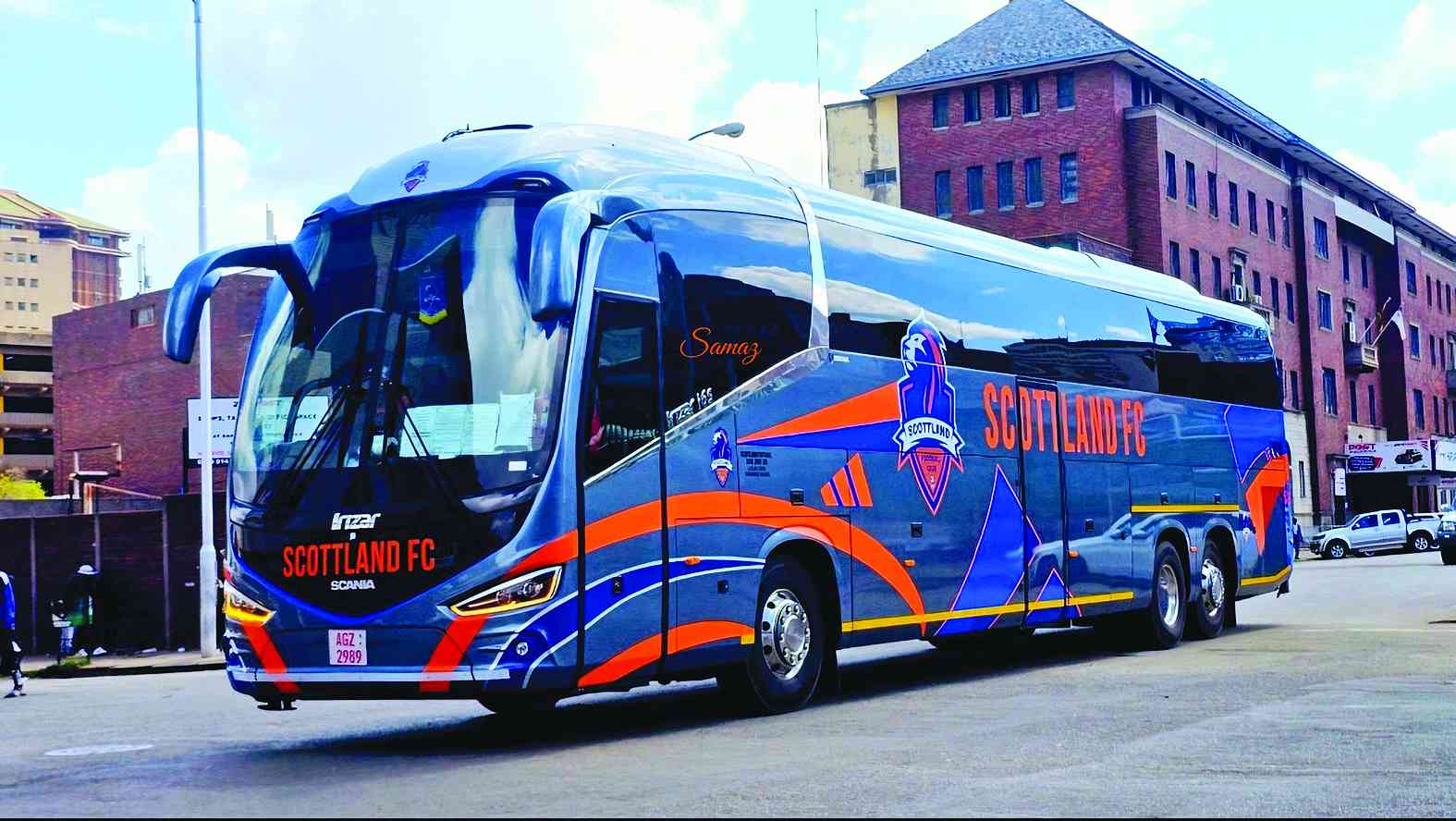AT LEAST 3,5 million people in Zimbabwe, Malawi, Mozambique and Zambia are in danger amid disclosures that the Kariba Dam wall has developed “serious structural weaknesses” which need to be rectified within the next three years.
REPORT BY EVERSON MUSHAVA/TAPIWA ZIVIRA

While the Zambian government acknowledged the gravity of the situation, their Zimbabwean counterparts were attempting to downplay it.
Zambia’s Finance Ministry permanent secretary Felix Nkulukusa told NewsDay yesterday that the dam wall risked being washed away if nothing was done in the next three years. Nkulukusa, who is also chairperson of an inter-governmental committee responsible for mobilising funds to repair the dam wall, said Zambia and Zimbabwe must raise $250 million to avert a major humanitarian and economic crisis.
NKULUKUSA: Zambia and Zimbabwe must raise $250 million to avert a major humanitarian and economic crisis.
But Zimbabwe’s Environment, Water and Climate minister Saviour Kasukuwere yesterday downplayed the impending disaster saying he was not aware of it as the dam wall was already going through some repairs.

Keep Reading
- Chamisa under fire over US$120K donation
- Mavhunga puts DeMbare into Chibuku quarterfinals
- Pension funds bet on Cabora Bassa oilfields
- Councils defy govt fire tender directive
However, Nkulukusa said:
“Engineers have told us that the dam wall could be washed away in the next three years. The plunge pool was originally 10m deep, but is now 81m deep due to erosion from falling water. The erosion is now going towards the dam wall and the whole dam wall will be eaten away if the situation is not arrested now.”
He said $80 million was required to repair the plunge pool alone. According to the Zambezi River Authority (ZRA), routine maintenance work was done periodically on the dam wall and its appurtenances. “Several stability works have been carried out on the south bank comprising drilling of drainage audits, surface sealing of the slope, ground re-profiling,” ZRA said on its website.
Nkulukusa said another problem was caused by the spillway that was no longer opening and closing automatically to maintain the required water levels. He said this problem was being caused by the expansion of the concrete on the walls and rusting of the steel bars. Repairing of the spillway, Nkulukusa said, would need $120 million, while $50 million was required for other unexpected costs.
“The spillway is now bending and is not opening automatically. The water we are blocking can exert pressure on the dam wall and it may fall. When this happens, over 3,5 million people downstream in Mozambique, Malawi Zambia and Zimbabwe will be affected,” he said.
Nkulukusa said Zimbabwe and Zambia only availed $2,5 million through the ZRA for some remedial maintenance and not the major repairs. “We have approached the World Bank, the African Development Bank and the European Union. They have pledged to fund the repairs. We met in February and they promised to go and brief their respective head offices, we are still waiting for the response,” Nkulukusa said.
CONCERNS ABOUT DAM STABILITY NOT NEW
IN 2012 at a meeting of dam operators engineers from the Zambezi River Authority (ZRA) said the plunge pool below the dam-where water from the spill gates is released onto – had deepened significantly to more than 90m into the rock layer. Of significant concern that the erosion was moving towards dam wall, and would most possibly undercut the foundation of the 128-meter-high wall.Zimbabwe and Zambia largely rely on hydro-electric power from Kariba Dam, while Cahora Bassa in Mozambique supply 40% of the power demands in the Southern Africa region.
As a result, the possible collapse of the wall of one of the world’s largest inland dams would pose a threat to power supply not only in Zimbabwe and Zambia, but the whole region. “Cahora Bassa Hydro-power plant in Mozambique will be destroyed if the dam wall is washed away,” Nkulukusa said.
On Tuesday, Nkulukusa told the Zambia Daily Mail that the dam had developed some weaknesses that needed urgent attention, but unavailability of funds was a major threat. The Zambia Daily Mail reported that Lusaka province, which houses Zambia’s capital, Lusaka, will also be submerged.
THE CONSTRUCTION AND HISTORY The dam was an initiative of the Federation existing at the time between British ruled Northern and Southern Rhodesia (now Zambia and Zimbabwe) and Nyasaland (Malawi)Constructing such a huge dam in the great Zambezi valley meant thousands of wild animals would lose their habitats and, more importantly, the local villages would have to be relocated.
After an analysis the economic advantages brought about by such a lake were found to ultimately outweigh the loss of wildlife and the disturbance to people’s lives. The double curvature concrete arch dam was constructed between 1955 and 1959 by an Italian company.






